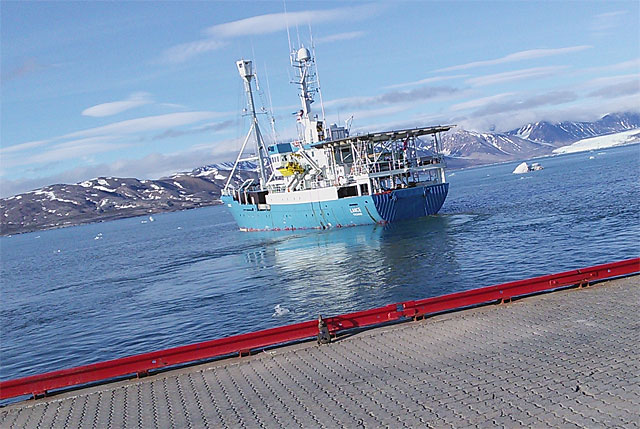Chanakya's_Chant
SENIOR MEMBER

- Joined
- Jul 22, 2013
- Messages
- 3,395
- Reaction score
- 28
- Country
- Location
India's Home For Scientists In Freezing Antarctica Is Stunningly Beautiful!
28 years after setting up our first permanent research station in Antarctica, India set up the third such station, budgeted at 230 crore, in 2012.
Named Bharti, the station made us an elite member of nine nations which have multiple stations in the region.
Dakshin Gangotri was our debut in Antarctica, and was buried in ice 6 years after being set up, forcing India to abandon it.
The Bharti station, established by Goa's National Centre for Antarctic and Ocean Research overlooks the sea, letting the Indian team research polar marine life.
Considering that Antarctica has a 13 million sq km landmass, it made sense to ensure that coastal research was also included.
Durable housing

The compact, yet comfortable 2,500 sq m Bharati Indian Polar Station can accommodate 25 scientists, saving them from the outdoors where temperatures range from -89 degrees Celsius in winter to -25 degrees Celsius in summer.
Difficult construction

"With wind speeds crossing 40 knots, maneuvering ships to Antartica is a challenging job. We're also considering transportation of materials on ice that could be more than 1.5 metres thick, from the ship's mooring point to the construction site, using special vehicles," Rajasekhar, head of vessel management, National Institute of Ocean Technology (NIOT), Chennai, told the Times of India.
At par with world standards

Decades after she first set foot on Antarctica, celebrated geologist Sudipta Sengupta, among the first Indian women to visit Earth's southernmost continent in 1983, said that Indian polar stations are at par with the world. Sengupta and marine biologist Aditi Pant were part of the Third Indian Expedition to Antarctica that ran from December 3, 1983, to March 25, 1984. Her pioneering work in the Schirmacher Hills of East Antarctica — a line of low coastal hills — boosted further study in the area.
One of the major achievements of the 81-member team of the third Indian expedition was setting up of the maiden Indian station — the 'Dakshin Gangotri'. The first expedition was flagged off in 1981 that signalled the commencement of the Indian Antarctic Programme.
'Dakshin Gangotri' was replaced in 1988 by the indigenously-designed second permanent station 'Maitri', shortly before the first station was buried in ice and abandoned in 1990-91. 'Bharati', became India's third state-of-the-art research base in Antarctica.
Why are Indian scientists going to Antarctica?

One of the reasons for polar research being sought after by the world, including India, according to Sengupta, is the continent's geological history. Antarctica was once a part of the pre-historic supercontinent called Gondwanaland that also comprised present-day South America, Africa, Arabia, Madagascar, India and Australia.
Now a professor at Jadavpur University, Sengupta explained the importance of polar research in Antarctica: "It being the only polar continent, glaciological studies are extremely important. Also biological, geological studies are necessary as Antarctica was a key piece of Gondwanaland. It is also the area for upper atmospheric studies like that of the ozone hole and meteorological effects (that affect world weather)."
Bharati, a miracle of engineering and fortitude

Made from prefabricated shipping containers from Germany, it lets scientists continue their research, no matter what the weather outside. This can include wind gusts as high as 321 km per hour, and temperatures as low as minus 40°C. And, in line with the Antarctic Treaty System, Bharati can be completely disassembled and removed without leaving even a brick behind. It is set up on stilts to prevent snow drift buildup locking the scientists in.
It's really comfortable

Bharati comprises three floors, made of an interlocked set of shipping containers that are insulated from the elements. There's a terrace, air-conditioning, a floor that serves as the residential quarters, (24 single and double rooms). Along with a kitchen, dining room, library, there's also fitness room, offices, lounge, and a operating theater.
The ground floor is where the work happens - labs, storage, technical spaces, and workshop.
(With inputs from Arun Ram, TNN | IANS)
Source:- India's Home For Scientists In Freezing Antarctica Is Stunningly Beautiful!














